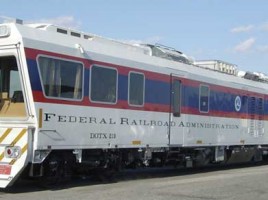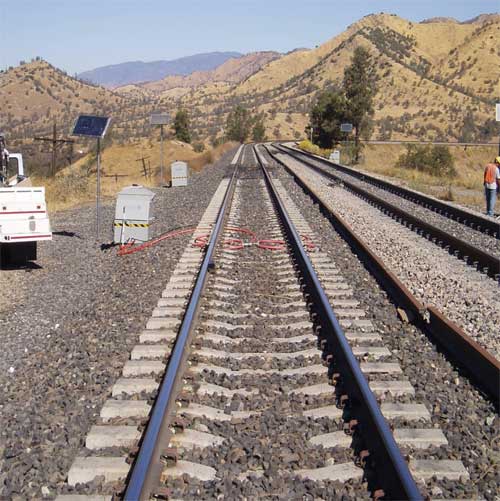
Rail Cant Measurement of Concrete Crossties (Part 1 of 2)
By Arthur Clouse • October, 2008 In response to accidents, unregulated causal factors and the National Transportation Safety Board’s recommendation (NTSB R-06-19), the Federal Railroad Administration (FRA) Office of Safety together with the Office of Research and Development initiated a study to identify and evaluate the safety of concrete crossties. …



